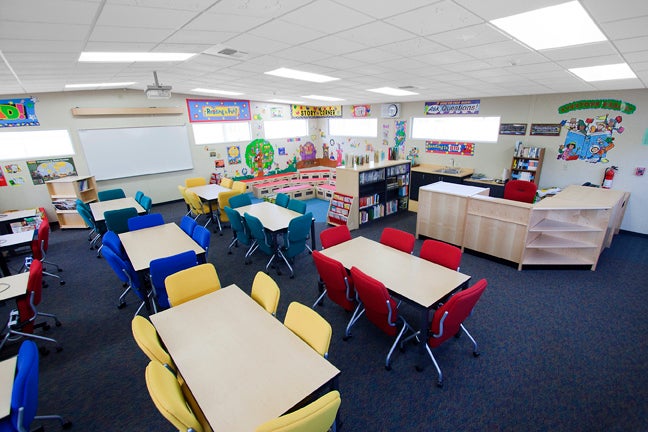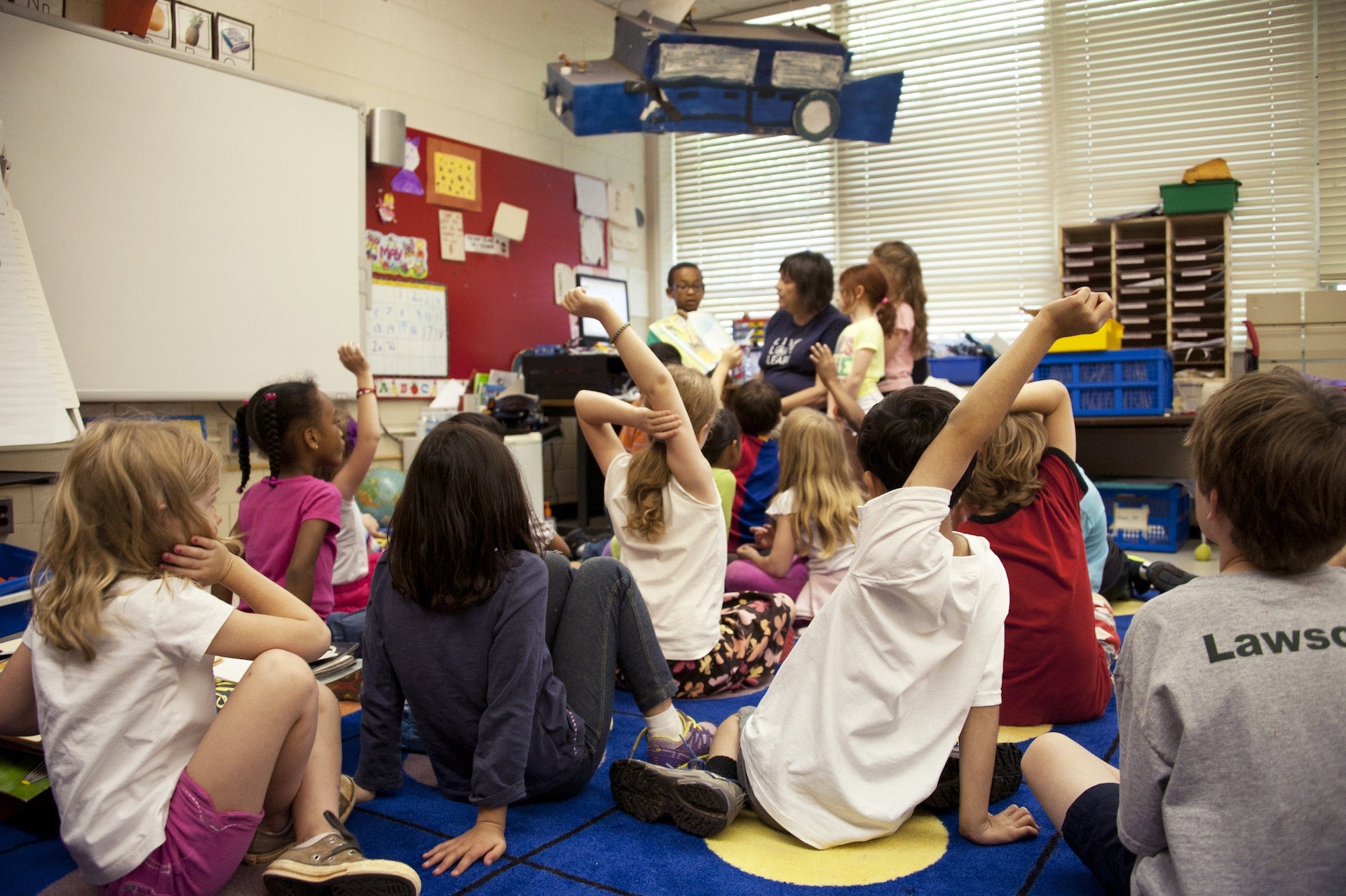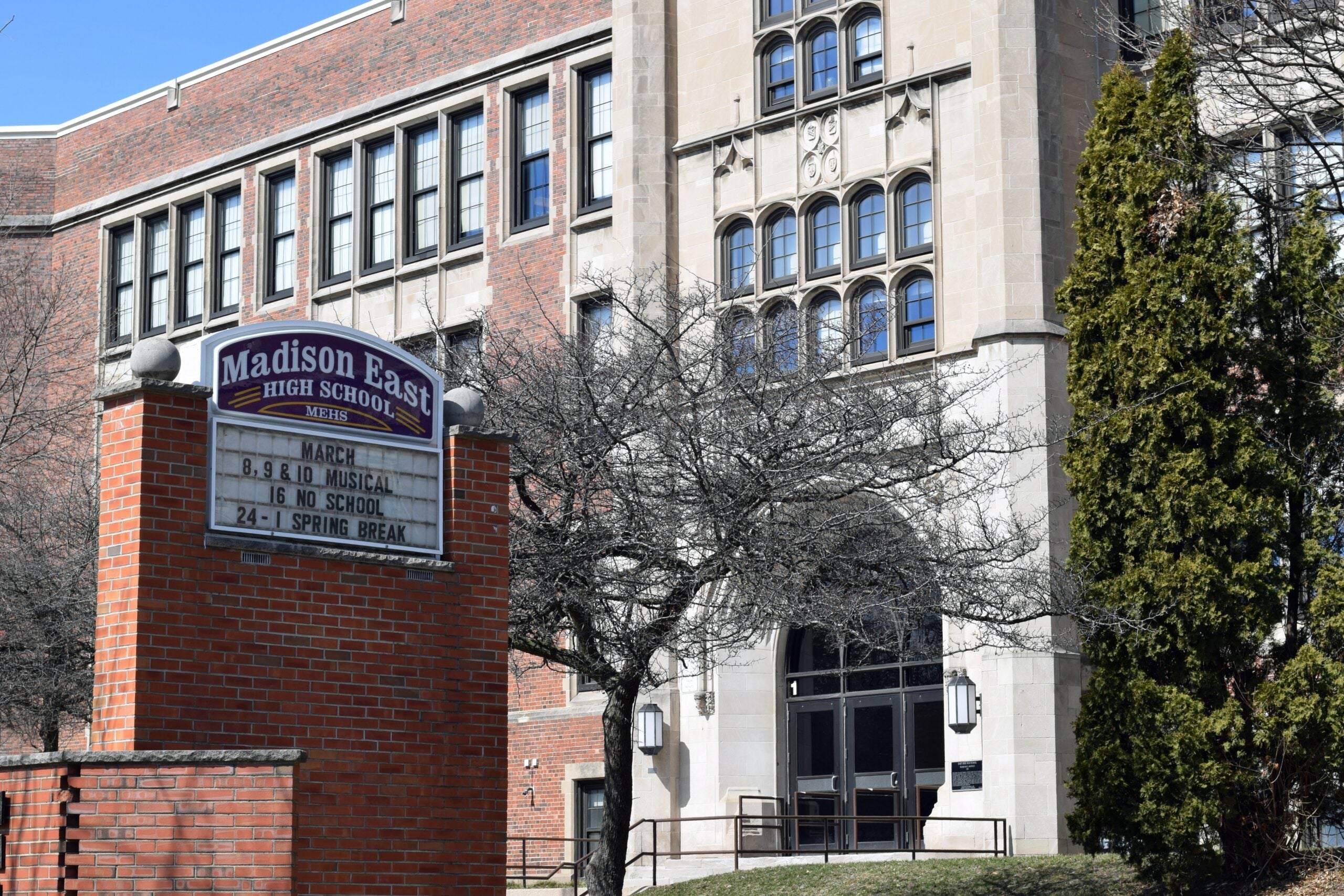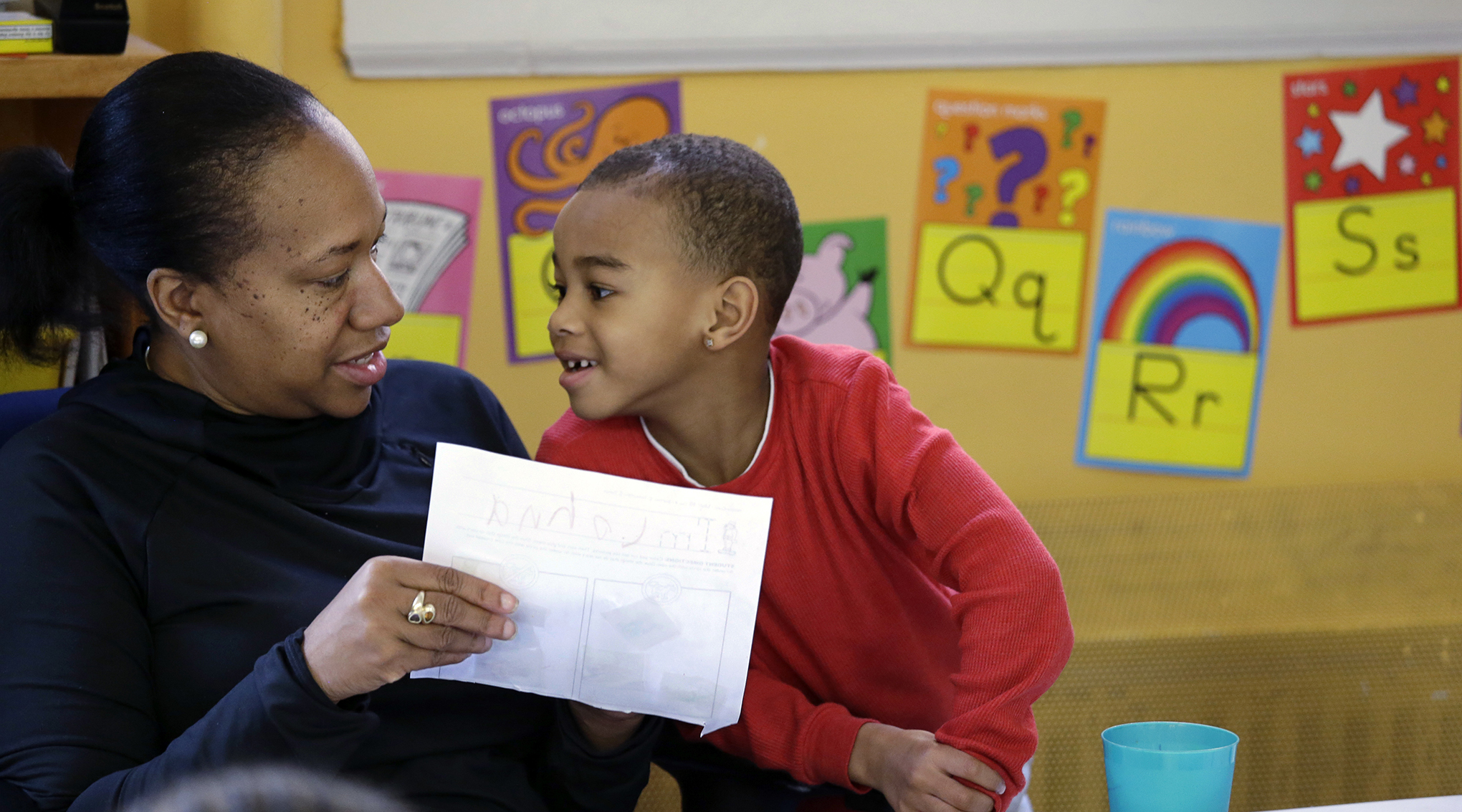A special advisory group of school administrators, lawmakers and others are looking at potential legislation for next session that could bring changes to the Student Achievement Guarantee in Education, a state program that gives additional aid to schools to keep class sizes small.
The SAGE program, which also implements a rigorous curriculum and improved professional development in schools, has evolved over the years. It now allows larger class sizes, and no longer considers poverty rates when determining school eligibility.
Despite its popularity with parents and teachers, some lawmakers question the need for a program to reduce class size when the average statewide student teacher ratio is below the 18-to-1 ratio set by SAGE.
Stay informed on the latest news
Sign up for WPR’s email newsletter.
“We all know it’s a challenge the more kids you have in there,” said state Rep. Jeremy Thiesfelt (R-Fond du Lac). “But I’m also curious about research. If you have more (students), it would seem teaching should be less effective, but I’ve also seen research that it doesn’t have much of an impact.”
The University of Wisconsin-Madison Value-Added Research Center is conducting a study on SAGE. Jennifer Kammerud, a policy advisor at the Department of Public Instruction, said preliminary results show improvement in K-3 math and reading at SAGE schools.
“We’re encouraged by these findings,” Kammerud said. “We are hoping additional research in the future will be able to look at long-term impacts of program.”
The research Kammerud has in mind would explore whether the reading and math gains from elementary school continue on through high school.
Wisconsin began the SAGE program 16 years ago. About 65 percent of the students currently in SAGE are low-income. The schools educating them get about $2,000 more in state aid for each low-income student.
Wisconsin Public Radio, © Copyright 2024, Board of Regents of the University of Wisconsin System and Wisconsin Educational Communications Board.





